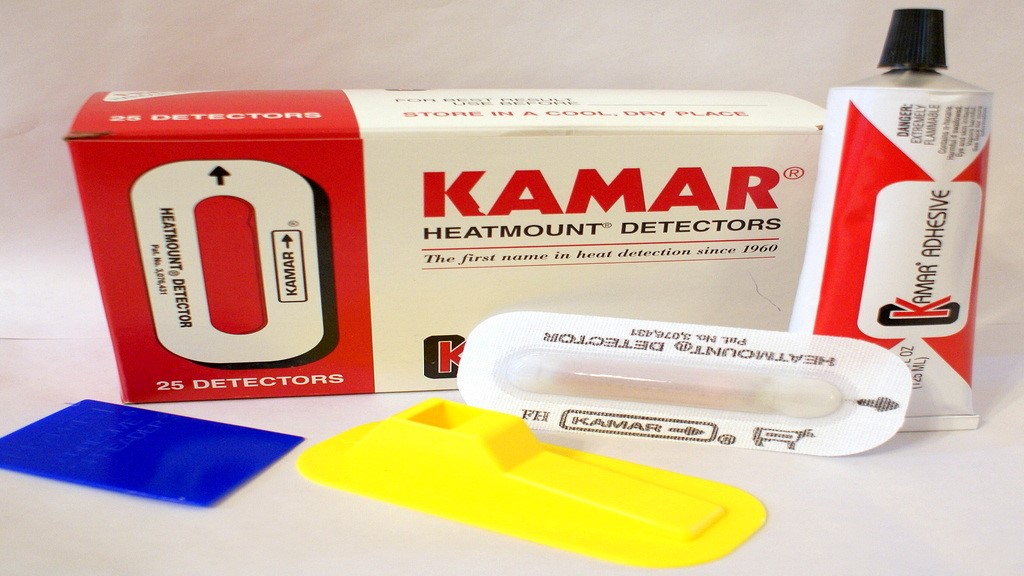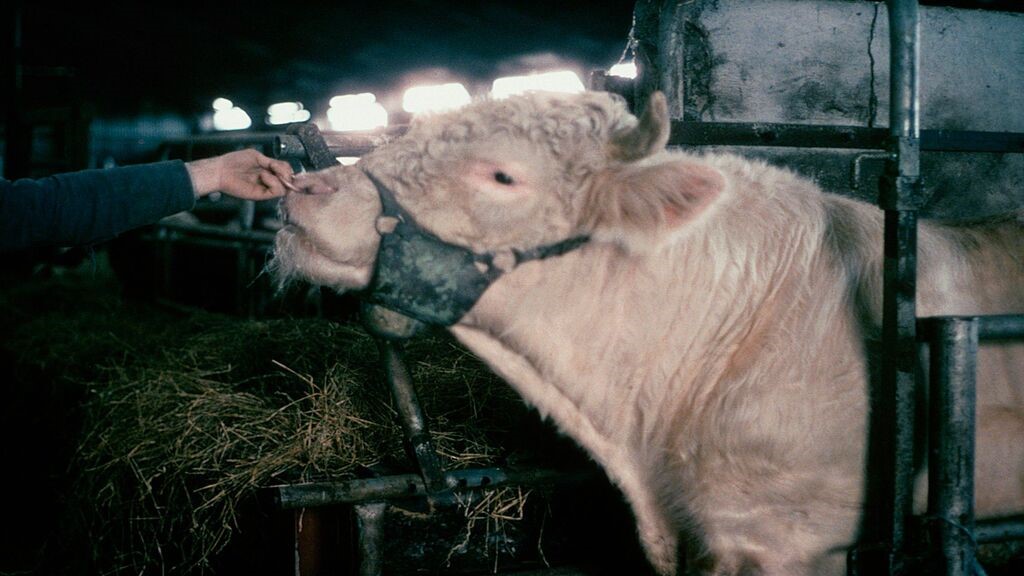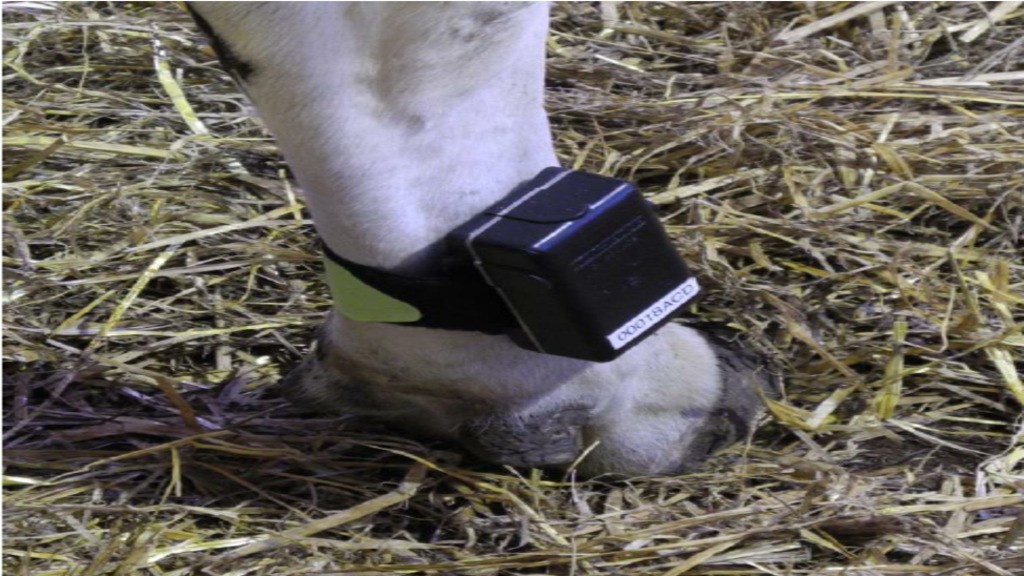
Besides milk production, calving is another way to maximize farm revenue. This means that farmers must have a mechanism to optimize cow heat detection for an optimal calving calendar. Missed heat detection remains a significant challenge, with some farms only capturing a third of their herd correctly. This not only affects animal milk productivity but there is a long calving interval.
Estrus (also spelled as oestrus) originates from a Latin word meaning, heat, or a period when a cow is sexually receptive, and is ready for reproductive mating. The estrus in dairy cows lasts for approximately 18 hours in most cases but it can also last 12 hours in some cows and 7 hours in others. The variation is attributed to climate, nutrition, animal age, and temperature.
Estrus onset varies in heifers depending on breed, feeding, and other physiological conditions. Heifers are deemed sexually mature in 12 months if they are well-fed but it's ideal to delay serving them until they are strong enough, 15-18 months.
In mature dairy cattle, estrus will resume 60 days after calving. However, younger animals might take up to 90 days since they require more nutrition for body development and milk production. Therefore, feeding dairy cows properly is vital as it directly impacts fertility by supplying the required nutrients for optimal physiological functioning of the body.
Understanding the estrus cycle in cows is vital for reproductive management. The cycle lasts 17-24 days meaning an average of 21 days. The cycle has 4 phases, namely proestrus, estrus, metestrus, and diestrus

Fig: Estrus cycle in dairy cows.
Understanding heat signs in cows means that cows can be served in a timely manner hence maintaining ideal calving intervals. The ideal calving interval is 12 months for properly maintained cattle. This can only be achieved when there is a regular plan to detect heat signs in time. There are different observable characteristics to know a cow is in heat. Some are;
During the estrus, it's common to see some behavioral signs summarized below.
|
Estrus sign |
What it means |
|
Mounting on other cows |
Mounting on other cows signals a cow is in heat or nearing the heat stage. Mounting is one of the primary estrus signs. |
|
Standing when mounted |
Apart from mounting on others, a cow in heat also allows others to mount on her. However, if a cow moves, she is not in heat. |
|
Restlessness |
Unlike the usual relaxed and calm mood, the cows move around, mount on others, and raise their heads. If such behavior is spotted, the cow should be monitored for estrus. |
|
Sniffing & licking other cows |
Dairy cattle smelling and licking other cows' genitalia is a major sign that an animal is on heat, and close monitoring should be done. |
|
Back & chin rubbing |
Before mounting, the cattle will rest her chin on the back of another cow. Also, back rubbing is accompanied by chin rubbing. A cow must be closely monitored if this behavior is observed. |
|
Lip curling & head raising |
Cows will sniff, rise, and curl their lips if the one is in heat. The cow in heat will then urinate. This is one of the indications of estrus. |
|
Bellowing |
Most cows will show bellowing signs when in heat. An increased vocalization is one of the chances that the animal is in heat. |
Apart from the behavioral signs, there are also visual signs that one can observe. The signs need close observations, or it will be a missed chance. Some of the visible signs to consider are;
| Estrus sign |
What it means |
|
Mucus discharge
|
Thick mucus can be seen on the vulva hanging, smeared on the perineal region, or the tail. The mucus results from the elevated progesterone, but isn’t always present and sometimes will only appear during insemination. |
|
Vulva swells & reddens |
During the heat period, the vulva swells, becomes moist, and reddens. The signs might appear before and after estrus and might not be the best cows' heat indicator. |
|
Metestrus bleeding
|
Some of the cows, especially young heifers, will show Metestrus bleeding. However, once the sign appears, the estrus has elapsed, and the cow is in the next phase. |
To improve estrus detection in cows, the following modern methods can be adopted. The main advantage of some of these methods is that they offer real-time monitoring 24 hours a day.

Image courtesy: Kamar Detectors
The technique entails using a device mounted on a tail of an animal; when the mounting happens, pressure activates the sensor. The signal is then sent into a computer system, which records different data logs, such as time, date, and mount duration.
Although the method is effective, it can be dislodged or partially activated, making it hard to know whether heat occurred or not. Therefore, it should be used together with other heat detection methods for increased effectiveness.

Image courtesy: Royal Veterinary College
The method makes use of a taser bull or androgenized heifer. The chin strap marker with paint works as a ballpoint and will leave a mark if chin rubbing occurs.
Although it’s a modern way, it needs constant ink filling. Also, sometimes straps can break, leading to missed detections.

Heatwatch system, Source: Researchgate
Heatwatch is a device fitted on the animal tailhead by using a polyester adhesive. The heatwatch detects heat during mounting, transmitting data to a computer. Just like heatmount detectors, heatwatch can get dislodged causing the transmitters can fall off, or the battery can get drained. In case of any of this, farmers might miss estrus detection.

Cow pedometer, Source: Researchgate
Research indicates that pedometers (devices used to detect animal movements, typically attached to legs) can be used to monitor overall animal welfare. Since they track movement, they can help detect heat by showing increased movement, indicating the onset of estrus. Pedometers, although effective, can lead to false alarms. If an animal has other issues leading to increased motion, it can trigger incorrect estrus interpretation.

Videotaping is a modern means used in farms to detect animals in heat. Animals are recorded, and the films are reviewed daily to see animals showing estrus signs.
The method requires daily reviewing; otherwise, farmers might miss heat detection. Also, multiple pens become difficult to monitor effectively.
This is a labor intensive process that involves testing progesterone levels in milk or blood samples drawn from the suspected animals. The progesterone levels can be low when the animal might still be on heat. One limitation of this method is that tests don’t show the stage of estrus.

Estrus cycle chart, Source: Alabama A&M Universities Extension
Heat expectancy charts are used to project the estrus occurrence in dairy cows, thereby predicting cow fertility days. Farmers must have accurate animal records for these heat expectancy charts to be effective.
Silent heat is a condition where dairy cows don’t show signs or available signs are too weak to be detected. Additionally, the cow shows estrus signs after 6 or more weeks instead of 3 weeks. The condition is estimated to occur in 10%-40% of all breeds.
There are different causes of silent estrus in dairy cows. Some of the major causes are highlighted below.
Progesterone works by preparing the uterus for the implantation of a fertilized egg. By countering Estrogen, it triggers the estrus in cattle.
Iodine plays a great role in thermoregulation, bone formation and appetite control in cattle. Deficiency in Iodine leads to emaciation which can lead to irregular cycling, low conception and retained placenta.
High temperatures above 32 degrees Celsius causes heat stress and contributes to silent heat. Excessive heat destroys oocytes during folliculogenesis, which can affect the estrus cycle or cause silent heat.
Diagnosing silent heat is done using rectal palpation, but also keeping animal records can help detect heat cycle abnormalities. Treating silent heat in dairy cows uses hormonal therapy recommended by veterinary doctors. The most commonly used hormone is Gonadotropin-releasing hormone (GnRH).
Besides hormonal treatment, silent estrus can be prevented by feeding quality TMR feed. The animal feed should provide all nutrients and minerals in the right proportions.
Anestrus is the opposite of estrus; it is the lack of estrus in dairy cows. The condition is one of the primary concerns among dairy farmers. The failure to detect heat in cows can significantly impact the productivity of a farm.
Although anestrus is serious, it should not be a concern if it’s a pre-puberscent heifer, a pregnant cow, or shortly after calving (postpartum). However, the farmer must find the underlying condition if the cow has none of the mentioned reasons and no estrus yet.
Some things that might lead to a lack of estrus in cows include human and animal problems. Animal problems contribute to about 10% while human factors contribute to 90%.
|
Animal factors |
Human factors |
|
✔ Irregular estrus cycle ✔ Estrus occurring at night ✔ Short estrus duration ✔ Silent estrus ✔ Pyometra due to retained CL ✔ Non-functional ovaries ✔ Luteal cysts |
✔ Very few estrus signs to observe ✔ Limited observation time (ideal time; 60 minutes) ✔ Inexperienced observation personnel ✔ Late observation
|
Increasing heat detection in dairy cows is possible through the following ways:
Proper nutrition is vital in ensuring animals show estrus at the right time. Malnutrition in heifers will lead to delayed puberty, while in productive cows, it can lead to anestrus. Feeding animals with the right quality and quantity feed improves health and body condition of the animal leading to improved conception rates.
Herd synchronization is when a group of animals, preferably heifers, are conditioned to experience estrus simultaneously. This is done to increase uniformity during AI, calving and to streamline management. Further, it reduces the chances of missed heat detections, and improves calf management and head longevity.
Determining the pregnancy status of a cow after insemination helps in identifying and segregating pregnant and non-pregnant animals so that farmers can effectively resynchronize the non-pregnant cows. Pregnancy determination is done via rectal palpation or ultrasound.
The hormones are primarily used to facilitate ovulation hence triggering the estrus. Some of the most commonly used hormones to increase/induce estrus include;
For best results, farmers should check their animals in the morning, noon and evening for about 20 minutes. Weather also determines when to observe heat signs in dairy cows. The best time to check cows in hot weather is early morning or evening. During cold weather, it's best to observe at mid-day.
Dairy cow heat detection should be a routine practice to ensure optimum farm productivity. Combining traditional and modern methods ensures there are fewer chances of missed heat detection. Apart from the detection, following the dairy cow management practices like feeding and record keeping plays a vital role in estrus detection.


Comments